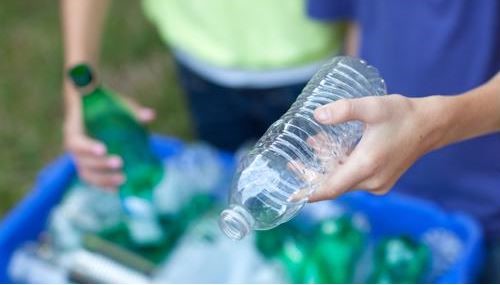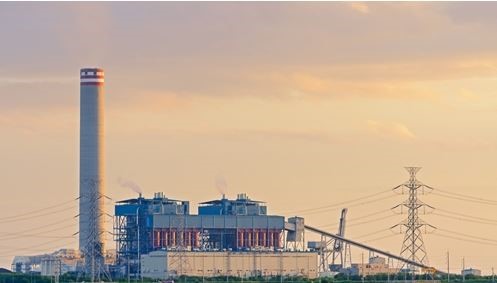COULD CHEMICAL RECYCLING BE THE WAVE OF THE FUTURE?

Chemical recycling may sound like an effort to reuse old compounds in some way, but it's actually a lot more exciting and potentially game-changing than that. Instead of taking used chemicals and renewing them, this process uses unique compounds to break down plastics that cannot be recycled in the traditional way and converting them into fuel, by a variety of methods.
If you've ever seen the recycling symbols with the numbers in the middle, you may be familiar with the fact that plastic items rated "1" or "2" are widely recyclable, but those from "3" through "7" are not, according to Chemical and Engineering News.
That's where chemical recycling comes in: using a process called pyrolysis – breaking down these plastics through extreme heat – plants can convert tons and tons of previously unrecyclable plastic into a liquid fuel.
Plastic Pyrolysis is a chemical reaction. This reaction involves the molecular breakdown of larger molecules into smaller molecules in the presence of heat. Pyrolysis is also known as thermal cracking, cracking, thermolysis, depolymerization, etc.
At any given temperature the molecule is in vibrating stage. This is called molecular vibration. The frequency at which molecules vibrates is directly proportional to the temperature of molecules. During pyrolysis, the object’s molecules are subjected to very high temperatures leading to very high molecular vibrations. At these high molecular vibrations, every molecule in the object is stretched and shaken to such an extent that molecules start breaking down into smaller molecules. This is pyrolysis.

The simplest example of pyrolysis is food cooking. When you cook food the temperature of food increases leading to higher molecular vibrations and breakdown of larger complex molecules into smaller and simple molecules. After cooking larger food molecules are pyrolyzed into smaller in simpler molecules which are easy to digest.
The process is a particularly attractive one for companies around the world – from the U.S. to Indonesia to Spain – and pyrolysis plants are cropping up in more places, the report said. Some see the process as a potential game-changer, while others say it's inefficient and probably not commercially viable in its current form. That could, however, change in the future, but in the meantime, it might be advisable for companies to try to do more to reduce production of single-use plastics in the first place. Could this provide a solution for the UK?
"The economic realities of cheap new plastic production and low-cost oil and gas production make chemical recycling processes economically uncompetitive and impractical at commercial scale," chemical engineer Jan Dell told the publication. "Labour, transport, and processing costs for collecting, sorting, and recycling plastic make it more costly than new plastic or new oil."
Why it's important?
Today, even the "1" and "2" plastics many people send off for recycling each week aren't actually being recycled anymore because of how much plastic is being used worldwide and the relatively low capacity to actually do anything with them in the public and private sectors. According to Plastics News, that's why chemical recycling may be so desirable in the near future as practitioners continue to refine the science and open up more single-use plastics to viable processing.
The hope is that one day in the next several years, these materials won't have to be sent to landfills because chemical recycling plants around the world are increasing capacity and efficiency, the report said.
What's at stake?
The sheer volume of plastics now being produced worldwide is incredible and not slowing down, according to CBS News. For that reason, companies that currently produce it in mass quantities are now looking for alternatives that could include chemical recycling. For instance, Coca-Cola – which is responsible for producing some 30 million tons of plastic each year – recently committed to using packaging made of at least 50% recycled material, including chemically recycled plastics, by 2030.
As more work on chemical recycling continues in the next few years, those within the production industry would be wise to monitor the situation closely and determine how it might be able to have a positive impact on their processes as time goes on.
Author:
Sue Massie, Sales & Marketing Director
Greyhound Chromatography and Allied Chemicals
CONTACT US
Tel: +44 (0) 151 649 4000
Email: marketing@greyhoundchrom.com
FOLLOW US
YOU MAY ALSO BE INTERESTED IN OUR NEWSLETTER















